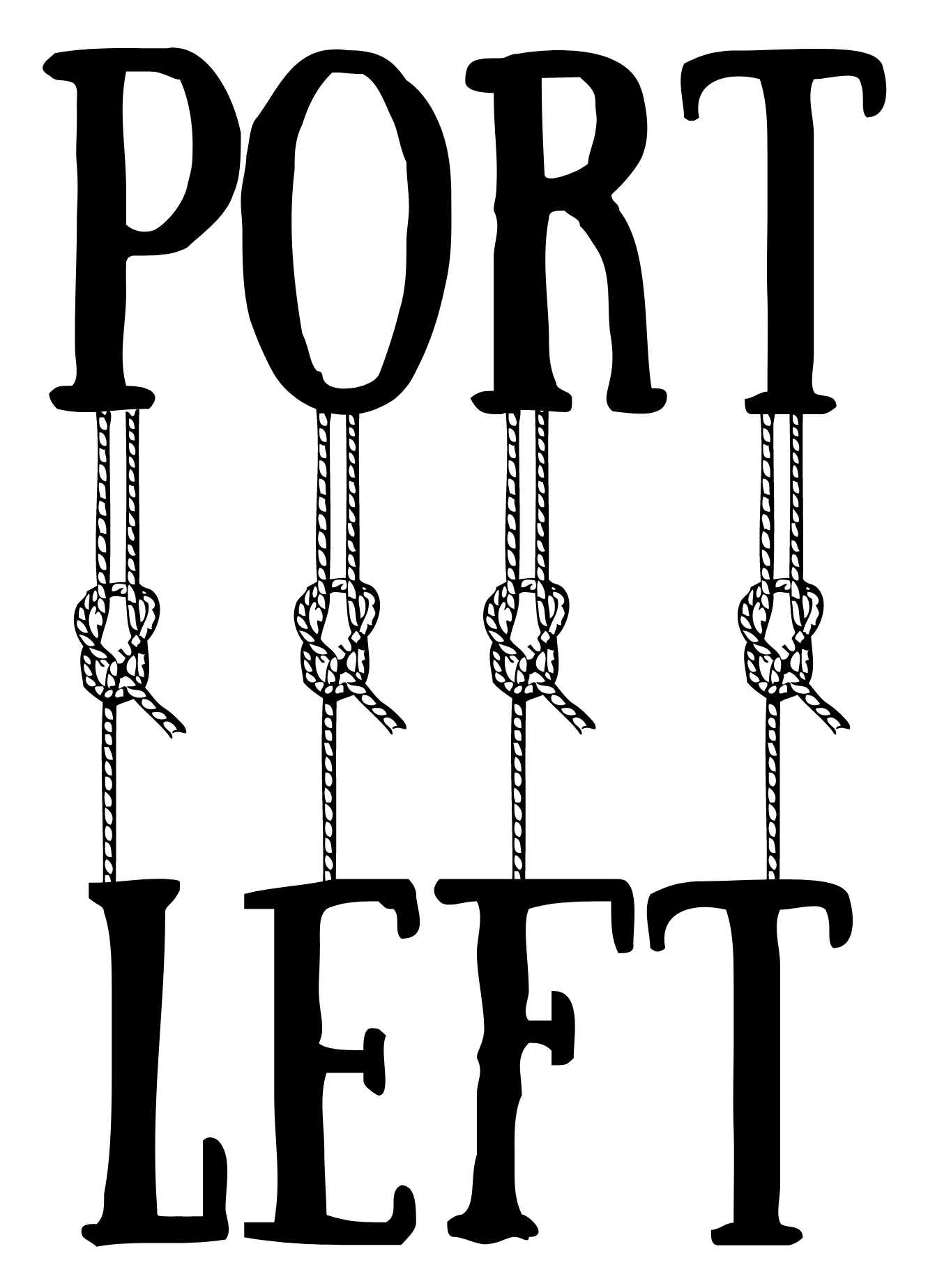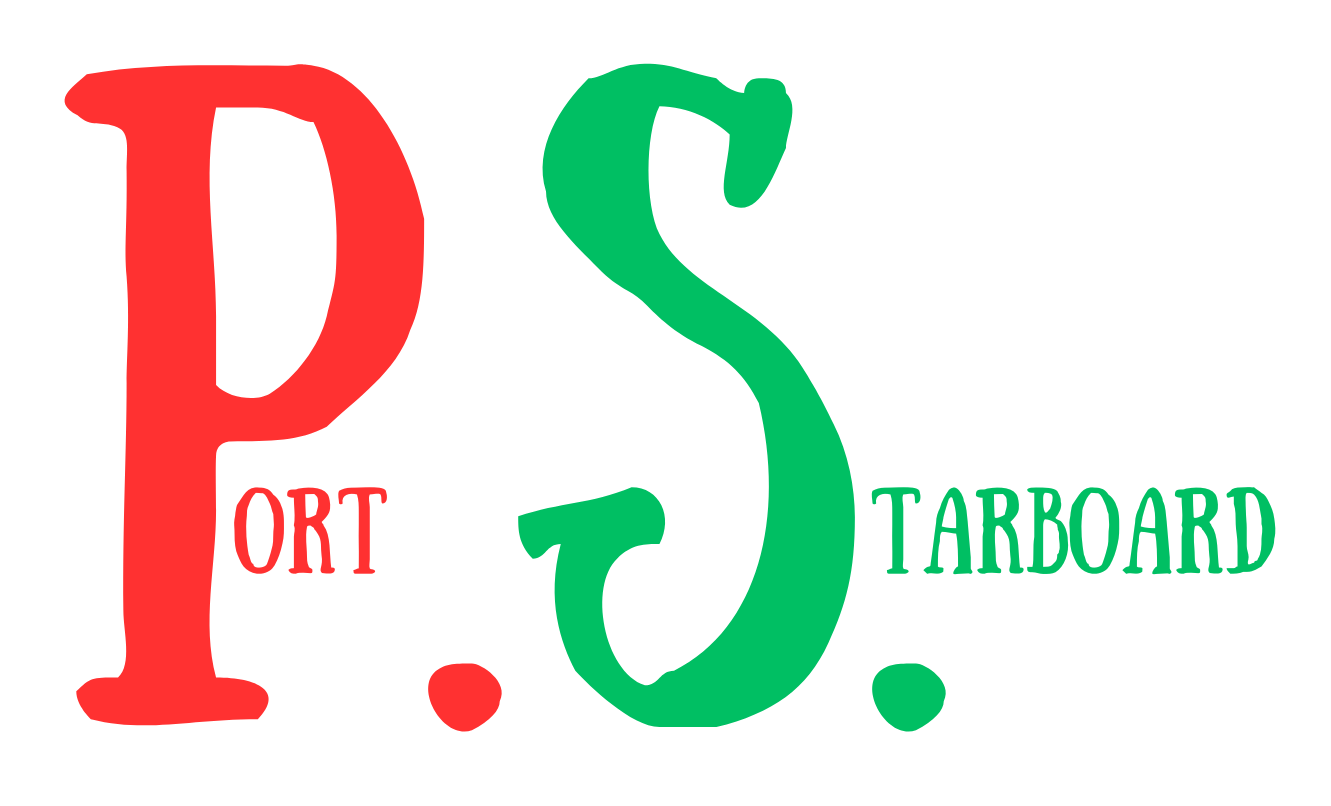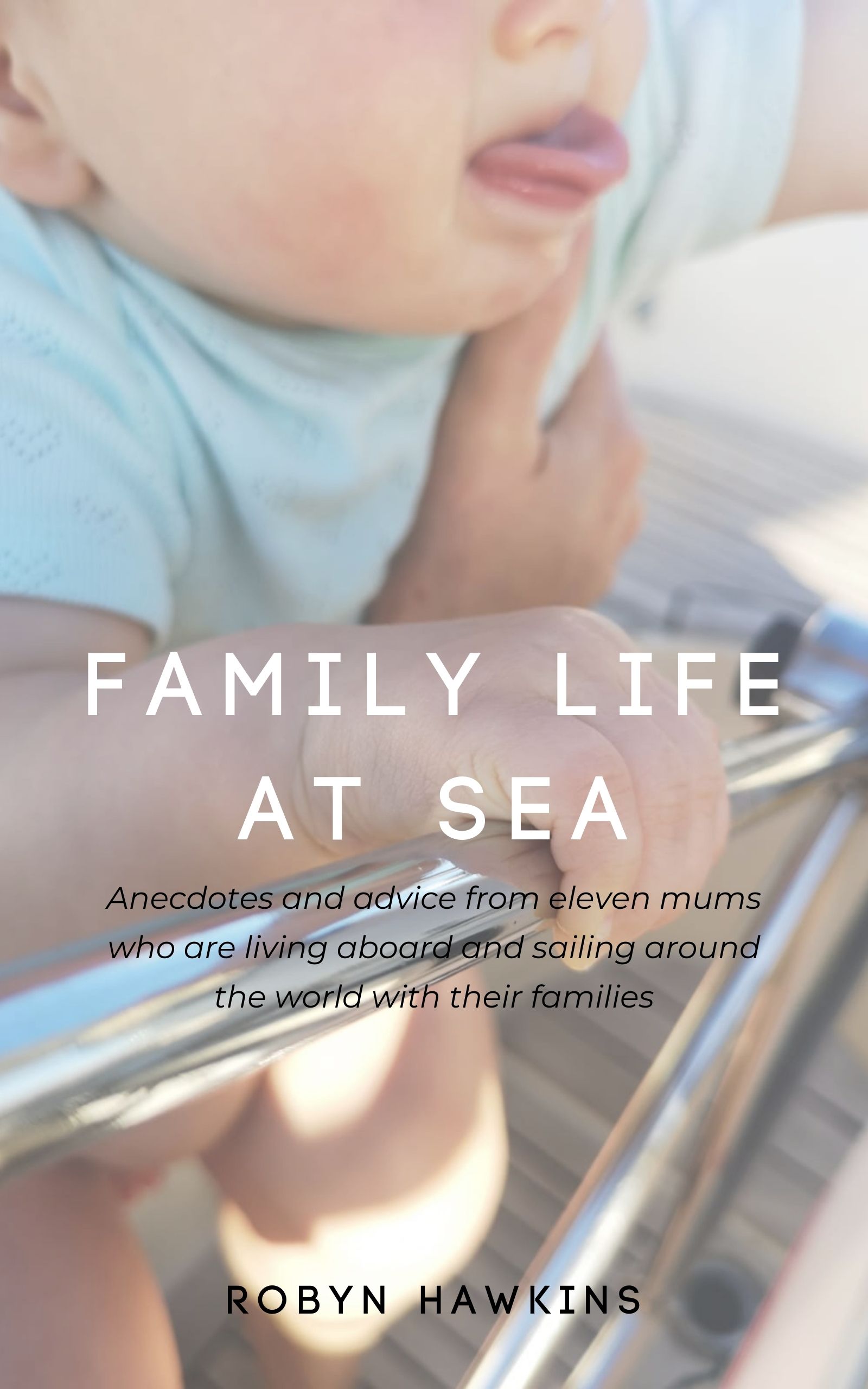Is trying to remember 'port and starboard' and which one is which on a boat driving you mad?!
When learning to sail, 'port and starboard' are just two more weird sailing words that you need to learn.
Once you find a way to remember which one is which and understand why they are used, it will make it easier to communicate with your crew and sailing more enjoyable.
Which Side Is Port and Which Side Is Starboard?
When looking towards the bow of a boat, PORT is always the LEFT side of the ship and STARBOARD is always the RIGHT side of a vessel.
Why Do Boats Use Port and Starboard, Not Left and Right?
Port and starboard are standardised on all boats (aircraft and spacecraft use the terms too) to ensure orders and information can be given unambiguously without needing to know which direction your crew members are facing.
The bow and stern are always the same points on a boat too.
Regardless of your orientation, you know which side is being referred to at all times. What's left and what's right will change depending on which way you're facing.
For example, if you're looking towards the stern of the boat, the starboard side of the boat is on your left and the port side of the boat is on your right. See why it could get confusing if everyone is facing different directions onboard? Using port and starboard avoids the confusion between crew members.

Why Is It Important to Know Port and Starboard on a Boat?
For Clear, Unambiguous Communication
One of the most important reasons to know which side is port and which side is starboard is for communication reasons. For communicating with your crew members, with other boats, when arriving at a marina, and with the coastguard.
While you're sailing, you might need to react quickly to a command from another crew member (for example, 'turn to port' or 'hard to starboard') to avoid something in the water ahead of you. Turning the wrong way could spell disaster for you and your boat.
It will also avoid the inevitable arguments you'll have with your partner about whose right or left is being referred to.
Another vessel could hail you on the radio to ask if you are going to pass on their port or starboard side or maybe tell you that they will pass to your port or starboard side. They may ask you to adjust your course so many degrees to port or starboard to avoid a collision. Again, if you then turn the wrong way, it could cause real issues.
When you call a marina up to ask for a berth for the night, they sometimes tell you if the pontoon finger will be on your port or starboard side. Imagine turning up with all your fenders attached to the wrong side of the boat or you have your lines attached to the wrong side ready to deploy. Not only would you look daft, but you open up the possibility of damaging your boat or someone else's. (As a side note, whenever we went into a marina, we always expected the unexpected and so had lines and fenders prepared on both sides of the boat just in case).
In the event of an emergency, the coastguard might want to know more about what has happened, they could issue instructions about coming alongside the port or starboard side to remove casualties or put crew members onboard your vessel to assist.
For Knowing Who Has The Right Of Way While Sailing
While out sailing, it's vital to know if other boats are on a port or starboard tack so you know who has 'right of way'.
If the wind is blowing over the starboard side of the boat (so your sail is on the port side of your boat) then you are on a starboard tack.
If the wind is blowing over the port side of the boat (so your sail is on the starboard side of your boat) then you are on a port tack.
A boat on a starboard tack has the right of way over a boat on a port tack.
A way to remember that is to think that the colour green is used for starboard, and according to 'Rocky' from Paw Patrol... 'Green means GO!'

Wind blowing over the starboard side (sail on the port side) = STARBOARD TACK. The stand-on vessel that has 'right of way'.

Wind blowing over the port side (sail on the starboard side) = PORT TACK. Gives way to a vessel on a starboard tack.
For When You Enter a New Port From The Open Sea
The chances of you coming across port and starboard channel markers while sailing is incredibly high. It's vital to know which is which to make sure you stay within the channel markers and so not go aground when they are guiding you through a very shallow patch of water.
What's very confusing with these is that although the colours of the channel markers stay the same (red and green), they can swap sides depending on where you are in the world! There are two maritime buoyage systems in use worldwide; IALA A and IALA B.
I know from experience, that in the UK and Europe (IALA A buoyage system) as you enter a port from the open sea, port channel markers are red and starboard channel markers are green.
In other parts of the world such as North America and Canada (numerous other countries also use the IALA B buoyage system), the colours are reversed. For an explanation of the IALA A and IALA B maritime buoyage systems visit Safe Skipper.
For When You're Navigating Up a Channel
Knowing which side of the channel you should be navigating on is very important.
In many countries, boats are required to stay on the starboard side of the channel. Knowing that starboard is the 'right' side means you'll be on the correct side of the channel going WITH the flow of 'traffic' instead of against it (which could cause real issues and get you in a lot of trouble!).
Why is Port Red and Starboard Green?
I've come across some interesting reasons for this while researching why red is used for port and green is used for starboard. I don't know which of these is the actual reason, maybe there is some truth in all of them...
The colours red and green are opposite each other on the colour wheel so very unlikely to be confused if seen from a distance.
Both red and green are visible during the day and also at night, whatever the weather.
Red and green light travels further than most other colours.
In the past, boats used to have large steering oars mounted to the starboard side. The helmsman used to sit on the starboard side of the boat with his back almost completely turned to the port side. The port side of a boat was therefore the 'danger' side as other vessels on that side were unlikely to be seen by the helmsman. Red has been used for 'danger' for a long time so was used on the port side of the boat. The starboard side was the 'safe' side as the helmsman had an unobstructed view so green was used to show this to other boats.
Why Are Red, Green and White Lights Used On Boats?
On June 30th, 1848, the Lords Commissioners of the British Admiralty, under the authority of the Steam Navigation Act of 1846, made it law that boats had to have a white masthead light as well as a red port light and green starboard light for use when navigating to prevent collisions between vessels.
COLREGS (Convention on the International Regulations for Preventing Collisions at Sea) continue to provide these guidelines for vessels' navigation lights and further instructions for larger ships that include extra masthead lights to indicate to others what kind of boat they are.
Red, green and white lights are used on boats so other vessels can see them at night.
By using the three different colours, it allows other vessels to work out your direction of travel and vice versa, you can work out which way another boat is travelling too.
If you see both the red and green lights on a boat, you know it is heading straight towards you.
If you were standing on the port side of your boat and saw the red light of another vessel, you'd know you were travelling in opposite directions. If you saw the green light then you'd know you were travelling in roughly the same direction.
If you see the white light of a vessel, then you are approaching its stern or it's moving away from you.

Red light on the PORT bow. Green light on the STARBOARD bow. White light on the STERN.
9 Ways to Remember Which Side Is Port and Which Side Is Starboard
Use Word and Number Association
The word 'PORT' has FOUR letters like the word 'LEFT'. Therefore Starboard must be right.

Use Colour Association
Red is the same colour as PORT wine for left.
So GREEN must be on the right for STARBOARD.
For Those Who Like a Tipple
"There's a little PORT wine LEFT in the bottle".

Another port-related memory jogger... the traditional custom when passing a bottle of PORT around the table is that it is always passed to the person on your LEFT.

For The Letter Writers
Think P.S. a the end of a letter... P (on the LEFT) stands for PORT. S (on the right) stands for STARBOARD.

Use Fun Sayings
"A sailor named RED, LEFT from the PORT".

Another cool saying is; "Sailors use the STARS to point them in the RIGHT direction after they have 'LEFT the PORT'".

Use Visual Clues
Do you always wear your watch on your left wrist? Remember the port side of a boat is always on the left, just like your watch.

Wear a red sock on your left foot and a green sock on your right if you can see your socks while you're sailing. It'll help your other crew members too!

Historical Facts and The Origins of Port and Starboard
I mentioned earlier in the post that vessels in the past used to have their steering oar mounted to the starboard side of the boat, possibly because the majority of sailors were right-handed.
Two old English words were used in the past. 'Steor' meaning 'steer', and 'bord' meaning 'the side of the boat'. When combined they made the word 'steorbord' - the steering side of the boat. Over time, this evolved to become 'starboard'.
Because of vessels having their steering oar on the starboard side, they always docked in a harbour with the left side of the boat to the port so the steering oar wasn't damaged.
Therefore, the left side of the boat was the 'loading side'. The old word for 'loading side' was 'larboard'.
As you can imagine, this was very confusing due to its similarity to starboard.
lARBOARD and stARBOARD!
To minimise confusion onboard, a new word was adopted...
'Portus', which was the Latin word for harbour. It made sense seeing that the left side was the one that tied up to any harbours that were visited.
Over time, this was shortened to 'port'.
'Port and starboard' as we know them have been used ever since.
So Now You Know...
- Port is the left side of a boat when looking towards the bow, and starboard is the right side.
- Why it's important to know port and starboard on a boat
- Red is used on the port side and green is used on the starboard side to help prevent collisions at sea.
- The origins of port and starboard.
- Nine different ways to remember which side is which.
Which is your favourite reminder to help you remember port and starboard?



0 comments